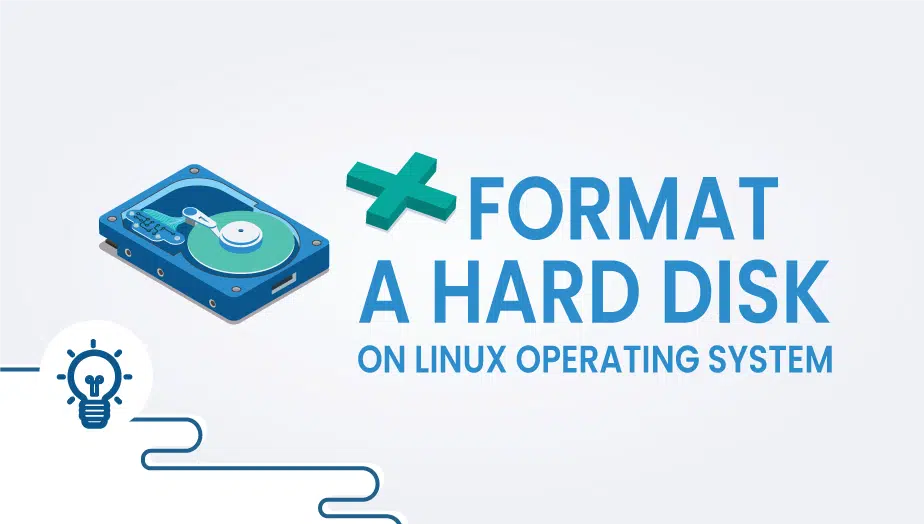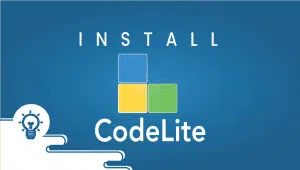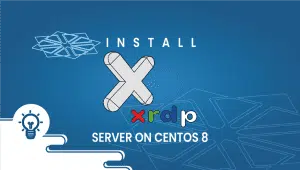How to Format a Hard Disk on Linux Operating System
For computer file systems, fdisk is a command-line utility that provides disk partitioning functions. In versions of the Windows NT operating system line from Windows 2000 onwards, fdisk is replaced by a more advanced tool called diskpart. Similar utilities exist for Unix-like systems.
To Format a Hard Disk on Linux OS, you need first to create a new partition.
To create it run this command:fdisk /dev/sdb
After, enter “n” to create new.
Now select the partition. This can be an extended partition and primary partition.
Select a number of partition and finish it.
Now it’s time to create a file system. You can create with just one command:/sbin/mkfs.ext4 -L /backup /dev/sdb1
After this, mount a File System.
First, create a data directory:mkdir /data
Now, mount a file system to /data:mount /dev/sdb1 /data
To check all mountings, run this command:mount
You have successfully Formatted a Hard Disk on Linux Operating System.
Enjoy it.
Formatting a hard disk on Linux means erasing all the data on the disk and preparing it for use by creating a new file system. This is typically done when setting up a new system or when preparing a disk for use as storage.
Linux supports a variety of file system formats, including Ext4, Ext3, Ext2, XFS, and Btrfs. Ext4 is the most commonly used file system format on Linux.
To format a hard disk on Linux using the command line, follow these steps:
Determine the device name for the hard disk you want to format using the ‘lsblk’ or ‘fdisk’ command. For example, the device name for a hard disk may be ‘/dev/sda’.
Unmount the device using the ‘umount’ command. For example, if the device name is ‘/dev/sda1’ and it is currently mounted on ‘/mnt’, you can unmount it using the following command:
sudo umount /mnt
- Use the ‘mkfs’ command to create a new file system on the device. For example, to create an Ext4 file system on the device ‘/dev/sda1’, you can use the following command:
sudo mkfs.ext4 /dev/sda1
- If you want to label the file system, you can use the ‘-L’ option followed by the label name. For example:
sudo mkfs.ext4 -L mylabel /dev/sda1Yes, many Linux distributions come with a graphical disk utility tool that allows you to format hard disks and other storage devices. Some examples include GParted, Disks, and KDE Partition Manager.
No, formatting a hard disk will erase all the data on the disk. If you have important data on a hard disk, you should back it up before formatting the disk.






















